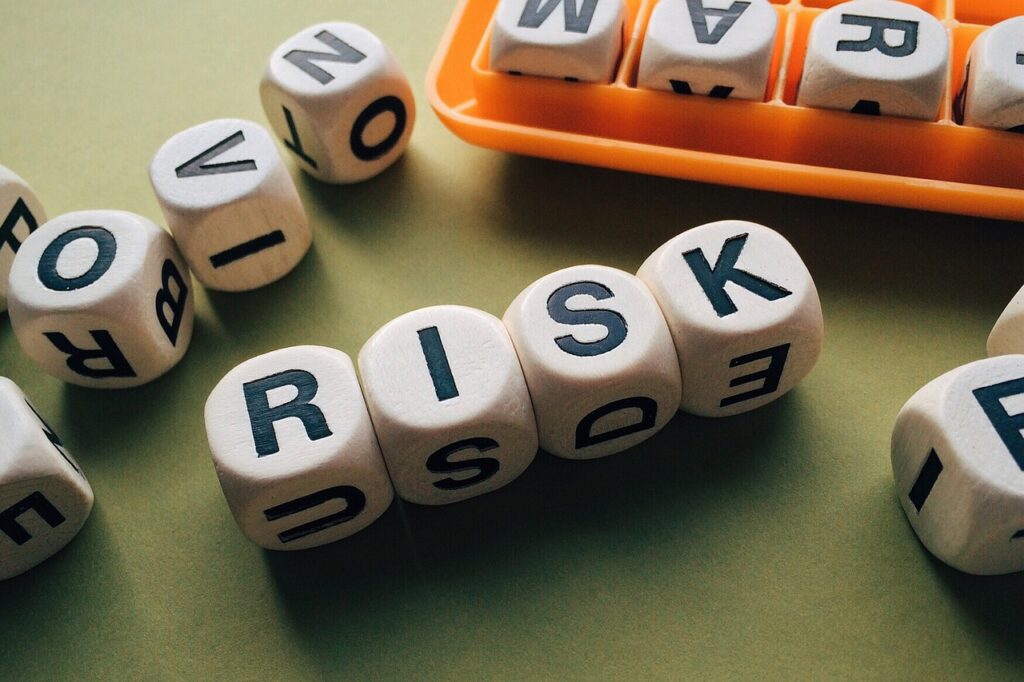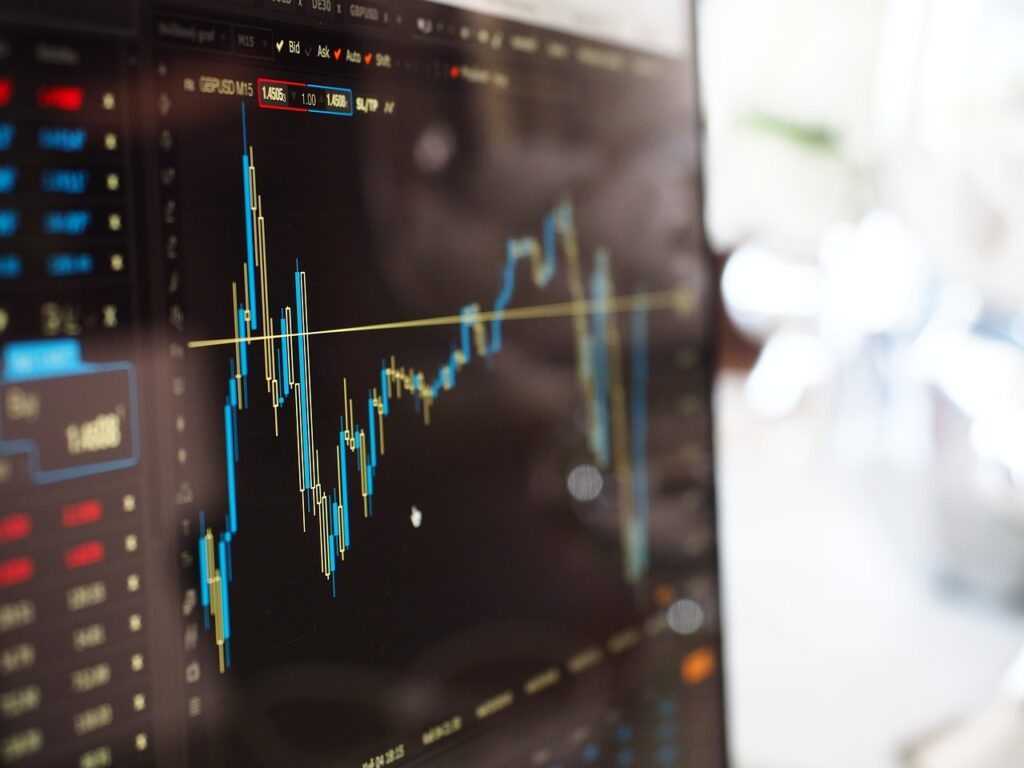Background
Recently, I’ve been working on the monumental task of creating articles for each year of my personal returns to help show the performance and display my thinking on how I choose investments. The main reason behind these articles is because there is no audited track record for anything I’ve done. It’s all my word and because I hold myself to the highest standard of integrity, I want to show how my outsized returns were achieved. While working on my first year of serious investments, 2020, I began to think about investment risk and how I view it. Since that view is different from a majority of the financial world, I thought an article to help preface my view of investment risk would be helpful background information for the reader of those four upcoming articles.
Definitions:
To start, let’s take a look at Merriam-Webster’s 1st definition of risk:
“The possibility of loss or injury”
Another definition they use that is more appropriate to investments is this:
“The chance that an investment (such as a stock or a commodity) will lose value.”
Pretty simple, right? But how do we measure it?

Typical Investment Risk Measures
In the financial world, investment risk is quantified by a statistical measure called standard deviation. This measure is more commonly known as volatility. Simply put, volatility measures how much the price of the investment fluctuates. To add, the measure of volatility is generally agnostic to the direction of the stock. For example, if a stock goes down at the same rate as another stock increases, they would each have the same measure of volatility. Which begs the question: which stock is truly more risky? The one that went up or the one that went down? I argue that they cannot possibly carry the same risk.
Coming from the school of Graham, Dodd and Buffett, I would argue that it really depends on the quality of the business behind the stock ticker. Assuming that the businesses are of similar quality, the stock that is going down has less real risk than the one going up.
But why? Allow me to explain.
What Drives Market Prices?
To kick off this analysis, let’s take a look at what drives the market prices. There are two distinct entities here to consider:
- The stock price (the ticker)
- The business itself

These two distinct entities operate independent of each other. What I mean is that the business does not set its own stock price. Instead, the stock price is determined by what market participants think it is worth. Simply put, it is an auction system. Market participants influence a stock price with their decisions based on both data and emotions. There are three main types of participants in the market:
- Passive participants (buy-and-hold)
- Emotional participants (compounded by momentum, swing and day traders)
- Data-driven participants (value investors and fundamentalists)
Let’s assume that passive participants have very little sway on market prices and data-driven participants are a minority who also have very little sway on the market prices. Even dyed-in-the-wool value investors grapple with emotions when it comes to market decisions (See Guy Spier’s: The Education of a Value Investor). Thus, we can say that the market prices are largely driven by emotional decisions that are compounded by day, swing and momentum traders.
How do we know this? Well, there are two parts.
The Two Emotions

The first is the fact the pain of losses vastly outweighs the joy of gains. For example, how many people do you know that have settled for unfulfilling dead-end jobs solely for the paycheck and benefits? When I’ve asked these individuals why they won’t leave their unhealthy employment situation, they cite the paycheck and benefits as the prime reasons for staying. The same thing happens when stock prices start to fall in the market. Participants, with further fear of loss, sell otherwise good businesses for fire sale prices.
The second part to consider is the joy of gains. There is a reason get-rich-quick schemes such as the lottery and hot stocks hold such popularity and will continue to do so well into the future. The thinking here is this: “I buy a stock and hope it goes up” without any real rationale as to why it should go up. It is distinctly human nature to want something for little or nothing and these hot stocks play right into that tendency. Now, on the flip side, when a hot stock starts to drop in price, everyone jumps ship because of the fear of losses outlined in the previous paragraph.
These two emotions are known as fear and greed. Even CNN agrees that fear and greed are the drivers of the market as shown with their real-time fear and greed index.
So Where is Our Investment Risk?
Let’s add the emotional argument back into our volatility discussion. If volatility is the main measure of risk and the emotions of the market participants drive the volatility, then our biggest risk would be our fellow market participants. Now, that makes sense if you own a stock ticker but if you are a business owner, does this really make sense?
Let’s take this conclusion and apply it to a single owner business. I’ll use real estate as an example and let’s assume that the management of the property has been outsourced. Is the risk in this investment the owner? Of course not! The risk can be found with the tenants, the management company, mother nature and maintenance issues, to name a few. Simply put, the risk is within the business itself. Our biggest risk as an investor is that the business will not be able to maintain or grow its cash flow available to the owners. This is easy to see in real estate, private businesses and farm land so why do we treat publicly-traded businesses differently?
To drive this point home, let’s think through why we would bother to own a business in the first place?
There are two overarching reasons to own a business:
- To provide a good or service that benefits customers and society
- To profit from the sale of such good or service
If we own a stock, we own a business. Why then should we care about the volatility if it is no different than a private business? After all, attaining the cash flows available to the owners is the whole point of owning the business. So what does volatility have to do with our cash flows as an owner? I argue very little.
What then is volatility useful for?

How We Can Use Volatility
As a business owner and value-oriented investor, I view volatility as an ally that can help provide opportunities where the right purchase price for a business becomes available. Volatility helps create opportunities where asymmetrical risk can be found. In other words, it helps to create opportunities with minimal downside left to realize. Now that doesn’t mean the stock will stop going down, but if it does, I view that as an even better deal!
Let’s come back to the earlier example where I examined the two equal businesses whose prices diverged in equal and opposite directions. It is my assertion that the stock whose price is going down is far less risky. This has to do with the difference between stock price and business value that all value oriented investors seek to exploit. If the stock price drops and the business value remains constant, the margin of safety increases making for a safer investment. In other words, the lower the stock price, the lower the risk and the higher the stock price, the higher the risk. Thus, as a business owner, volatility is a poor metric to describe risk. Our true investment risk is, in fact, held within the operations of the business- not our fellow market participant.
Background
Koopman Partners is a contrarian investment partnership focused on four main industries: Industrials, Materials, Energy and Consumer Goods.
We are a concentrated and non-correlated investment for investors who seek a diversification of approaches within the stock market.
For details regarding our strategy and mindset, please see our Investor Deck.
Koopman Partners sells securities in accordance with Regulation D, Rule 506(c) exclusively for accredited investors, subject to verification.
Koopman Partners is not a financial advisory firm, financial planner or registered investment advisor. We do not offer or give financial advice.
Don’t forget to like Koopman Partners on Facebook and connect with me on LinkedIn for more investing insights!
Disclaimer: This article is for educational purposes only and should not be considered investment advice. I am not your personal fiduciary and have not considered your personal financial situation when writing this article.
